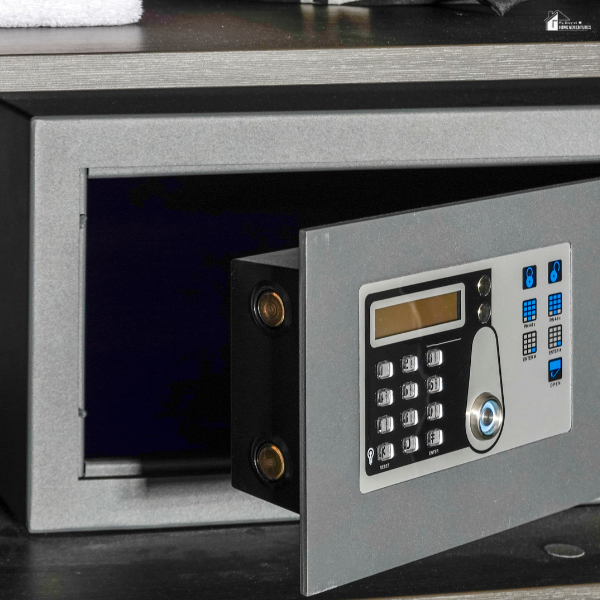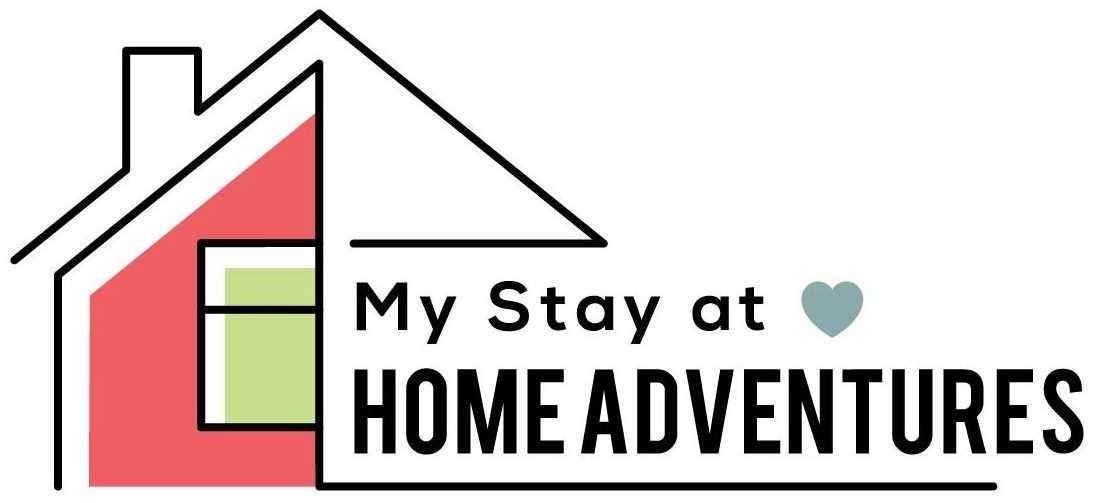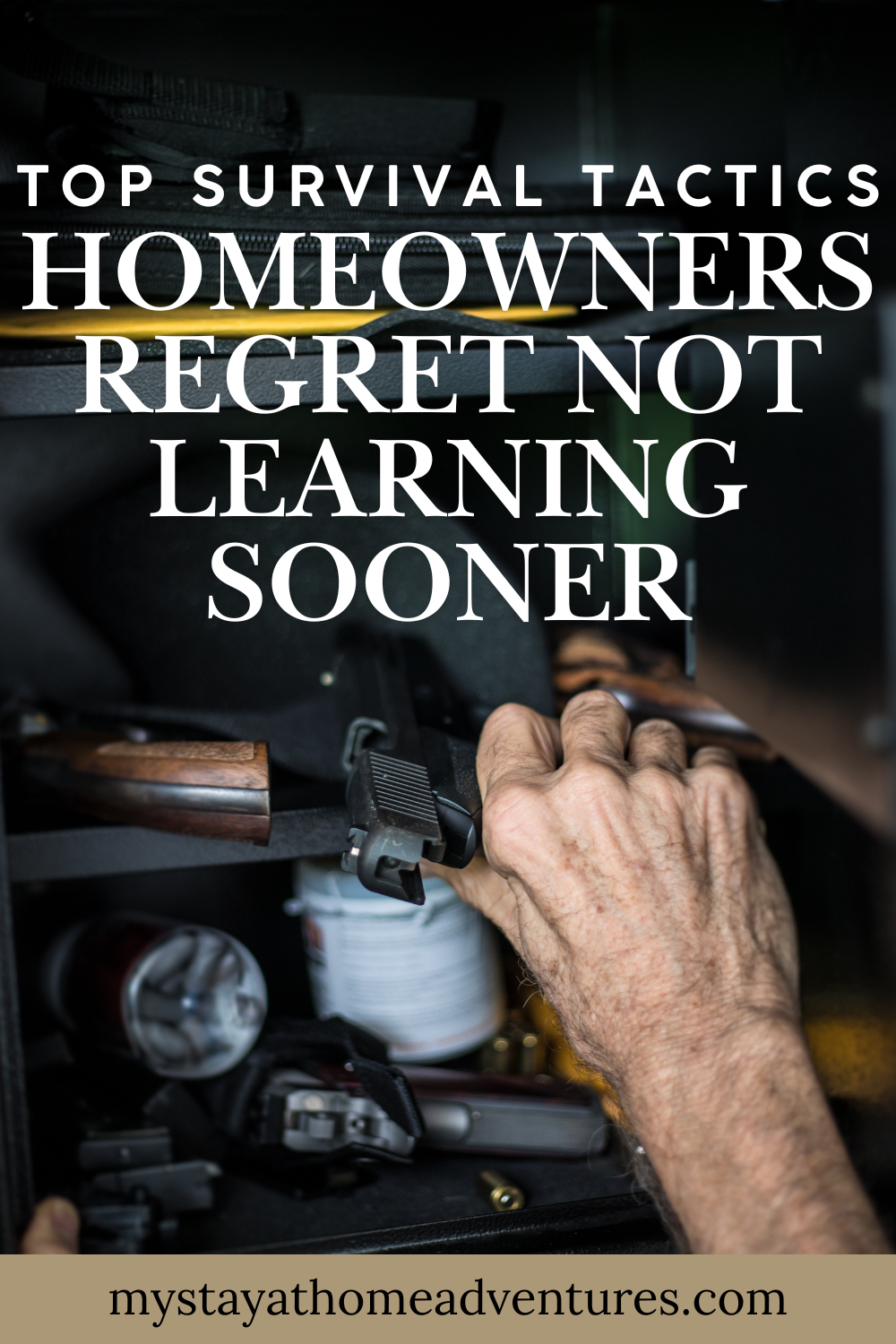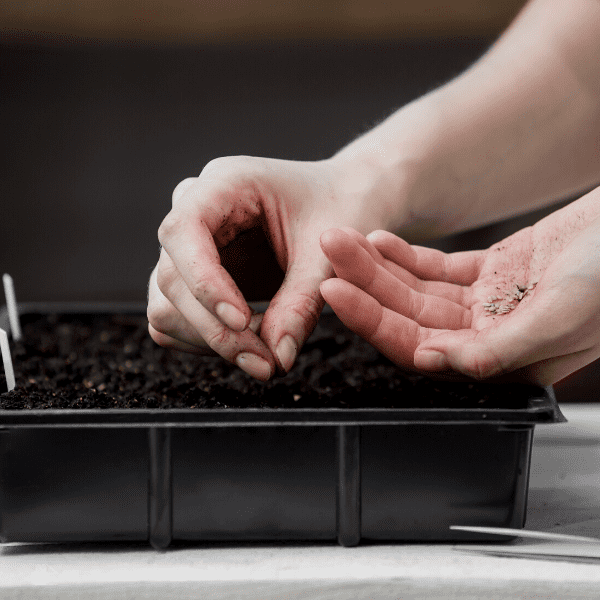Top Survival Tactics Homeowners Regret Not Learning Sooner
This post may contain affiliate links which might earn us money. Please read my Disclosure and Privacy policies hereOwning a home comes with more responsibility than most people expect. It’s not just about mowing the lawn or handling monthly bills. Emergencies like fires, power outages, or break-ins can happen without warning—and in those moments, a lack of preparation can hit hard.
Too many homeowners don’t think about worst-case scenarios until they’re living through one, and by then, it’s often too late to react well.

Learning some simple, practical survival tactics ahead of time can help protect the people you care about and the things you’ve worked hard for. These aren’t extreme prepper tips—they’re smart, doable habits that more homeowners are starting to pay attention to.
With just a little planning, you can feel more confident and in control when things take a sudden turn.
Lockdown Protocols That Actually Work During a Home Invasion
A home invasion can escalate in seconds, which is why having a clear plan is key. Designate reinforced safe rooms—ideally one per floor—so everyone knows exactly where to go. Add blackout window film to limit visibility from outside, and walk through the plan with your household regularly. When you’ve already talked it through, you’re more likely to stay calm and act fast.
Stock each safe room with essentials: a flashlight, a charged radio, and a secure place to store protection. Many homeowners choose gun safes made in USA for their quick-access design and reliability. The goal isn’t to create fear—it’s to feel prepared and in control if something ever goes wrong.
Asset Protection From Fire When Evacuation Isn’t an Option
Fires can move incredibly fast, and in some cases, you might not be able to evacuate right away. That’s why it’s smart to make parts of your home more fire-resistant.
Fire-rated materials like gypsum board or mineral wool insulation can slow down how quickly flames spread. Putting thermal barrier panels on ceilings can help keep heat and smoke contained in one area.
Creating low-oxygen zones in certain parts of the home may help stop fire from reaching areas where people are waiting or trying to get out. Go over your fire safety plan at least once a year and adjust it as needed based on any changes in the home. These small updates can give you and your family a few more moments when they matter most.

Off-Grid Power Backups You Can Deploy in Under 60 Seconds
Losing power is more than a hassle, especially when it drags on. Quick and simple power tools can make those hours a lot more manageable. Solar-charged battery blocks can power essential items like phone chargers, radios, or small lights, and recharge during daylight.
Crank-operated flashlights provide light instantly without batteries or outlets. Storing both types of tools in busy areas like the kitchen or living room makes them easy to find in the dark. Test charge levels and flashlight cranks every few months.
Having tools on hand helps you stay safe and keep things running without noisy, bulky generators.
DIY Water Purification When Pipes Freeze or Fail
Losing access to running water makes clean drinking water a top concern. A gravity-fed ceramic filter removes many common contaminants and doesn’t rely on electricity, which makes it ideal for emergencies.
Emergency water treatment tablets take up very little space and work well as a second option when purifying water fast.
Keep the filter and tablets in a spot that’s easy to reach in a hurry. Check regularly to confirm the filter is working properly and that tablet expiration dates haven’t passed. Learning how both tools function ahead of time avoids wasted time during urgent situations.
Communication Fail-Safes That Don’t Rely on Cell Towers
When phone lines and the internet go down, staying connected quickly becomes difficult. A reliable backup plan helps you keep in touch with family or neighbors when it matters most.
GMRS radios, especially when pre-set to your chosen channels, work without Wi-Fi or cell signal and are simple to use under pressure. Radios can be ready in seconds and don’t rely on outside infrastructure.
Paper maps with marked fallback locations help everyone know where to go if separated. Dry-erase boards placed in visible spots can be used to leave notes or updates. Practice your plan together until it feels second nature.
Emergencies don’t wait for perfect timing, and reacting in the moment often leads to chaos. Planning ahead with simple tools and clear routines gives you more control when normal systems fail. Safe rooms, fire-resistant upgrades, portable power, clean water solutions, and off-grid communication methods all add real peace of mind.
Gear should be easy to find, not buried in storage. Revisit your plan every few months, and involve everyone in the household. Confidence comes from knowing what to do, not guessing under stress. Thoughtful preparation today can make the hardest moments a little less overwhelming when they arrive.








